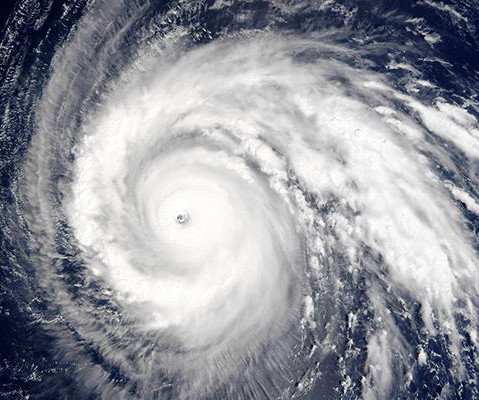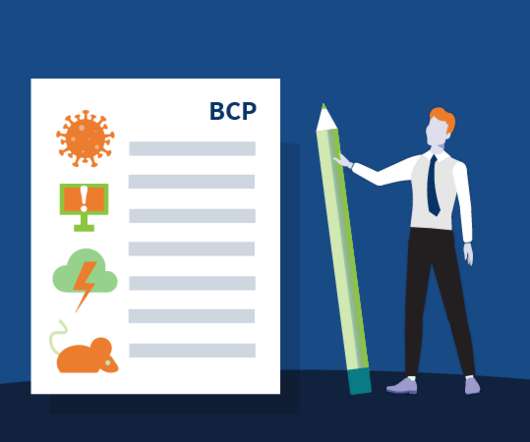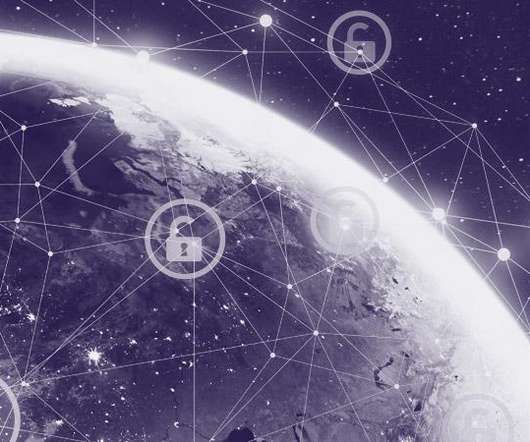What is BCM? Basics of business continuity management explained.
BMC
NOVEMBER 11, 2024
In the wake of the recent unforeseen global pandemic, many organizations are thinking about what they have done, what they should have done, and what they need to do in the future in order to maintain normal business operations during times of disaster. Then rank them in order of severity.



















Let's personalize your content